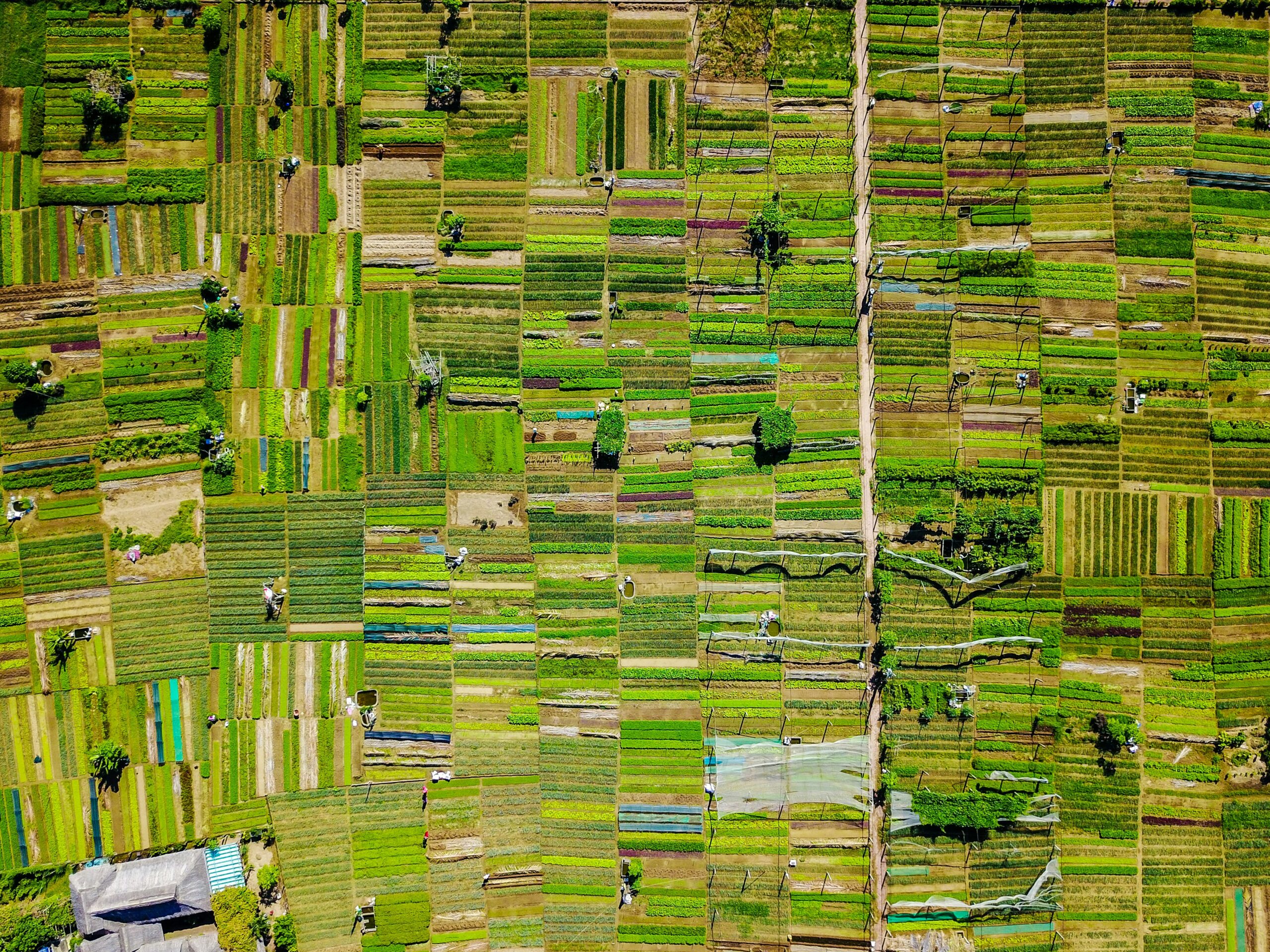New landmark EAT-Lancet Commission warns food systems breach planetary limits
The 2025 EAT-Lancet Commission today released its Report on Healthy, Sustainable, and Just Food Systems, presenting the most comprehensive global scientific evaluation of food systems to date.



